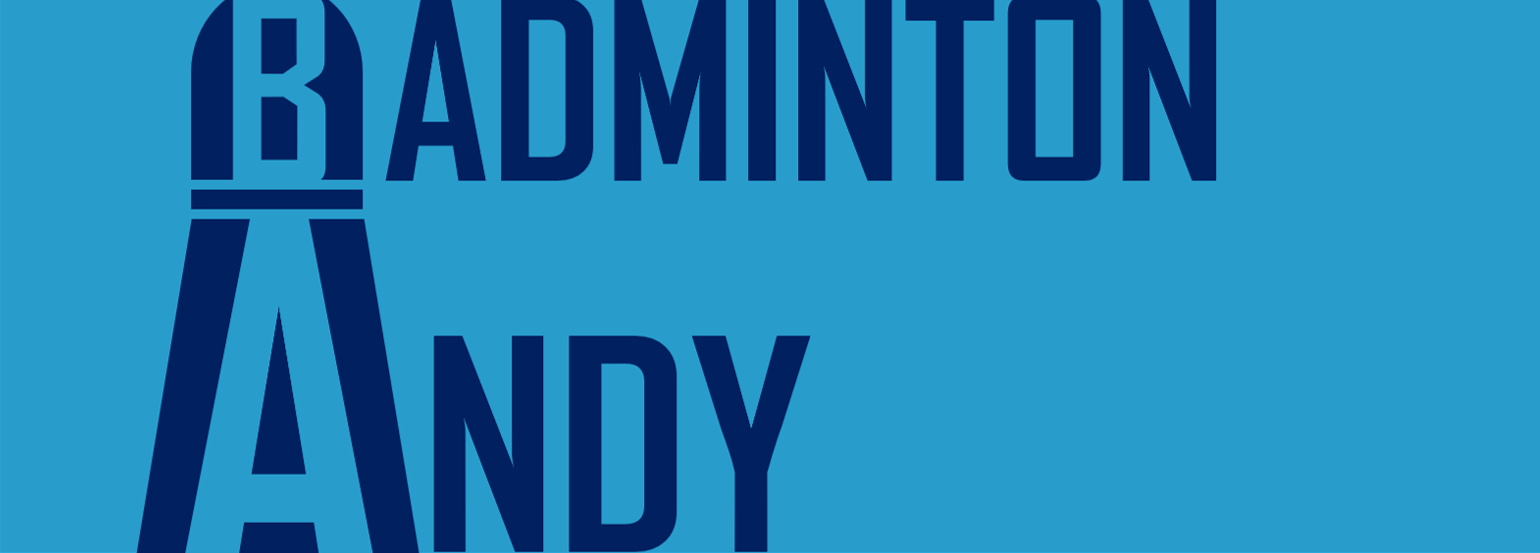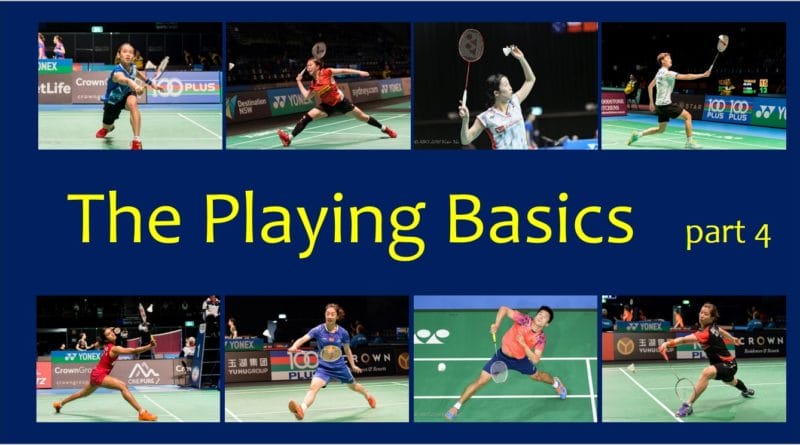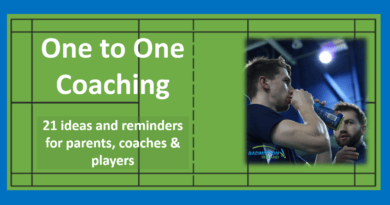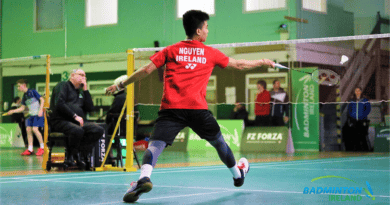What are the Badminton Playing (Technical) Basics : Part 4 of 4
Part 4 : Lunging, Turning Sideways and Taking it Early
This article is based on work done by Roger Mills, a professional badminton coach and my friend
This is the last of the 4 posts that look at Badminton Basics. I hope you enjoyed Part 1 , Part 2 and Part 3. If you haven’t read the previous posts I recommend that you click on the links and go back to see what we covered.
Part 1 – The introduction
Part 2 – Parts 1 – 4 : What strokes do you see?
Part 3 – Parts 5 – 7 : Encourage quick starts and preparation for ‘Power’
Wh you read the Playing Basics, imagine which of the 10 points apply to which strokes & movements
I think about how to encourage those core skills in simple ways during early development
I wonder if they have ever been included in a Coach Education manual before?
A quick reminder, if you haven’t read the previous Parts, then please don’t expect a list of strokes.
The Playing Badminton Basics aren’t names strokes such as High Serve, Smash, etc. They try to state the components of hitting and moving skill, the parts of strokes and movements.
I would recommend that you focus on these components as they certainly affect the larger more complex strokes and movements.
– – – – – – – – – – – – – – – – – –
Playing Basics 8 – 10
8 Lunging timing principles
9 Sideways turning just prior to contact with the shuttle
10 Contact at the highest point
– – – – – – – – – – – – – – – –
8 Lunging Timing Principles
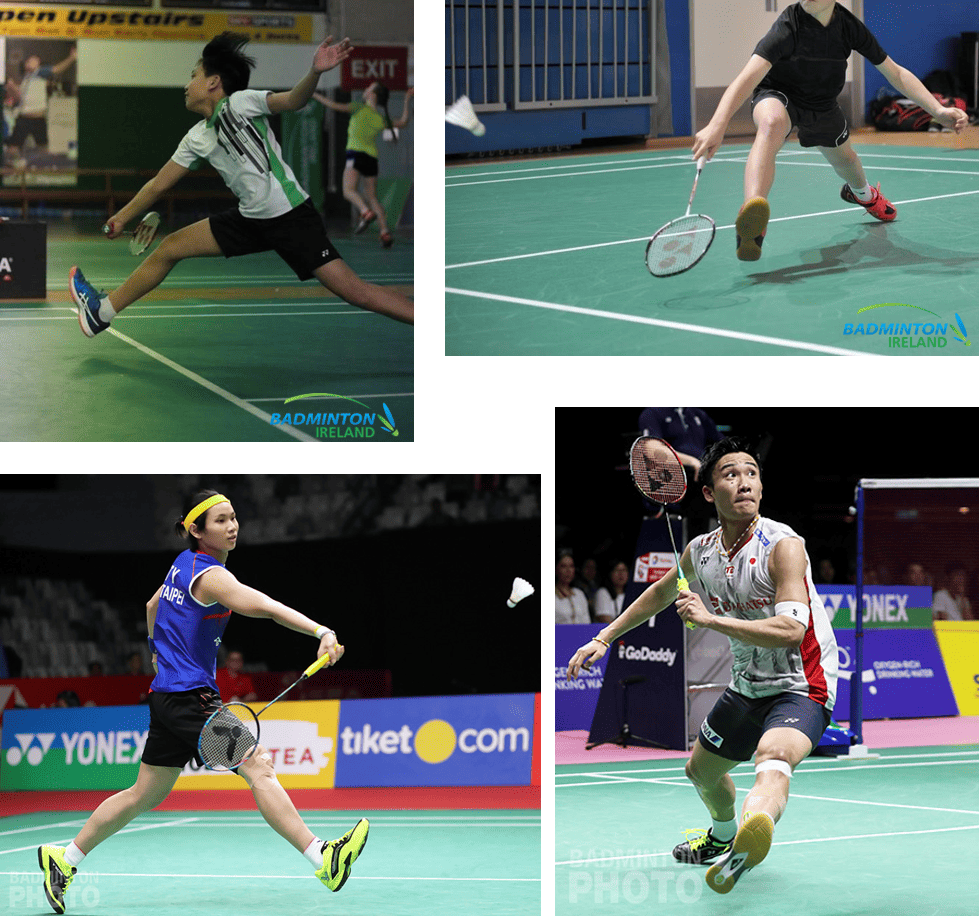 Most shuttles taken wide or in front of the body require a lunging movement onto the racket foot.
Most shuttles taken wide or in front of the body require a lunging movement onto the racket foot.
In order to maintain balance for strokes taken very wide with a lunging action, the foot lands as or just after, contact with the shuttle.
This will also have a large contributory factor to aspects such as power production, recovery, deception and net spins.
The aspect of encouraging landing before contact is a great coaching point.
- Is it essential that contact is always before the foot lands ? … NO
- Should you encourage landing then hitting ? … NO
- Should you feed to encourage “Hit – Land” ? … YES
- Does “Hit – Land” increase power ? …. YES
- Will “Hit – Land” aid recovery ? …. YES
- Encourage a ‘Foot Out’ movement in lunges
If competitive Badminton is played at a ‘Comfortable Extreme Range” then in many instances strokes hit below shoulder height will result in ‘the shuttle being struck before or just as the foot lands’
To practice otherwise would not be a reasonable thought
Do you agree?
– – – – – – – – – – – – – – – –
9 Sideways turning just prior to contact
Most travelling movements in the preparation for hitting finish in a sideways turn of the body before striking. This can easily be seen in the preparation for forehand overhead strokes and lunges in the forecourt.
It is very easy to see when players perform with incorrect technique and play overheads with a square to net position and when lunging place the non racket leg forwards. Use this Playing Basic to encourage a sideways turn or early preparation position just prior to contact. Have you thought about creating fun games to encourage this movement?
For running movements, forwards or backwards (especially forwards), I encourage players with a rhythmic phrase “Run and Turn“

– – – – – – – – – – – – – – – –
10 Contact at the highest point
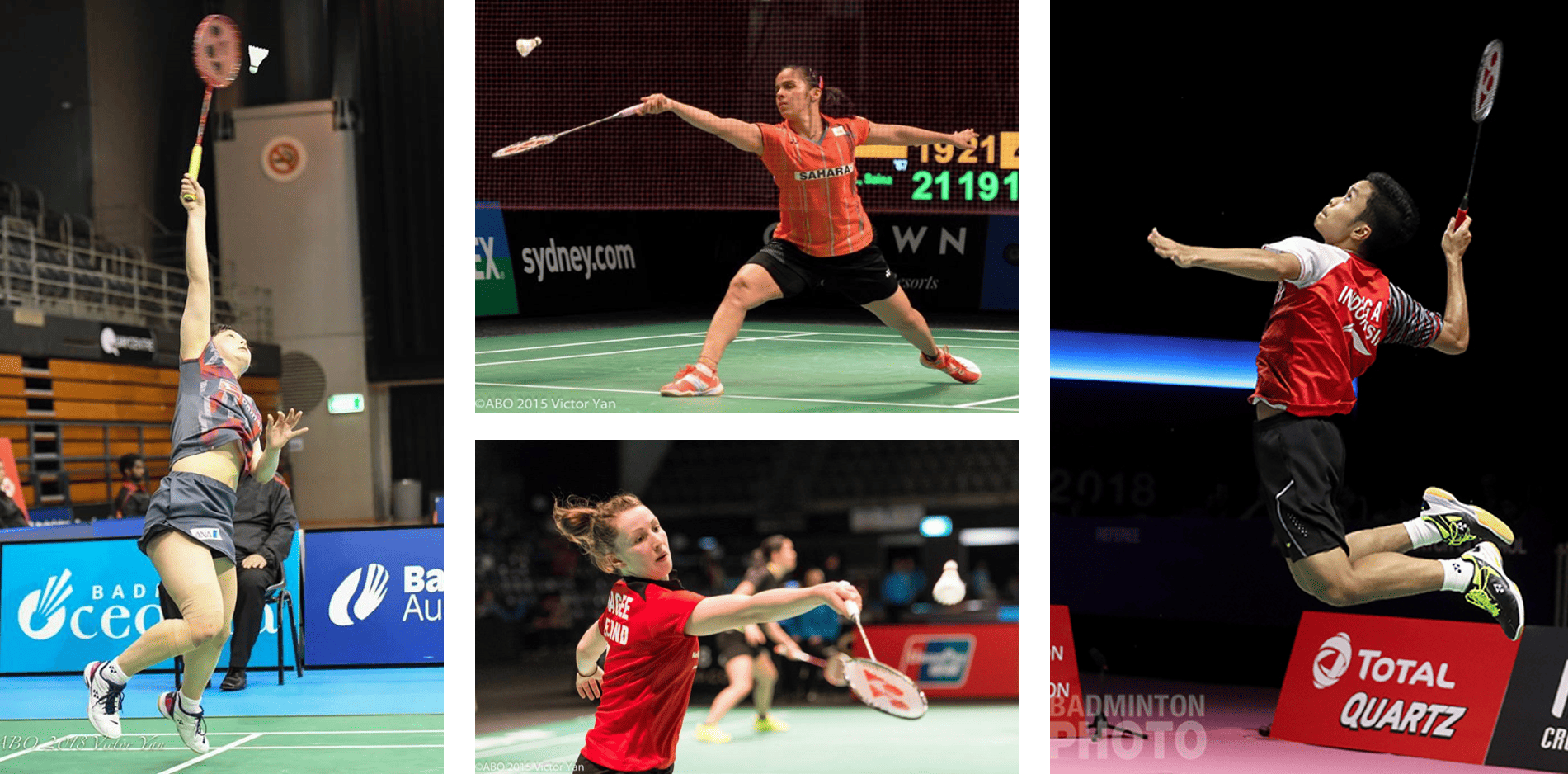 In order to reduce the time your opponent has to respond, the shuttle should be taken as early as possible.
In order to reduce the time your opponent has to respond, the shuttle should be taken as early as possible.
Therefore movements should always be performed in order to strike the shuttle at the highest point, if required tactically.
The tactical element is very important. Yes, encourage players to have a desire to jump, stretch, reach and move quickly. But, not if this results in them being placed at a disadvantage tactically.
Players need to practice trying to strike the shuttle at the highest point. Then they should be encouraged to determine if the result was worth the desire.
Coaches need to emphasise this desire throughout a players development.
The desire to ‘take the shuttle’ early is one of my favourite Playing Basics !
– – – – – – – – – – – – – – – –
What do you think?
I hope that these 10 Badminton Basics have stimulated you to think about what underpins strokes and movements.
I would really like to hear what you have to say.
Please direct email, I’d love to hear your views contact@badmintonandy.com
